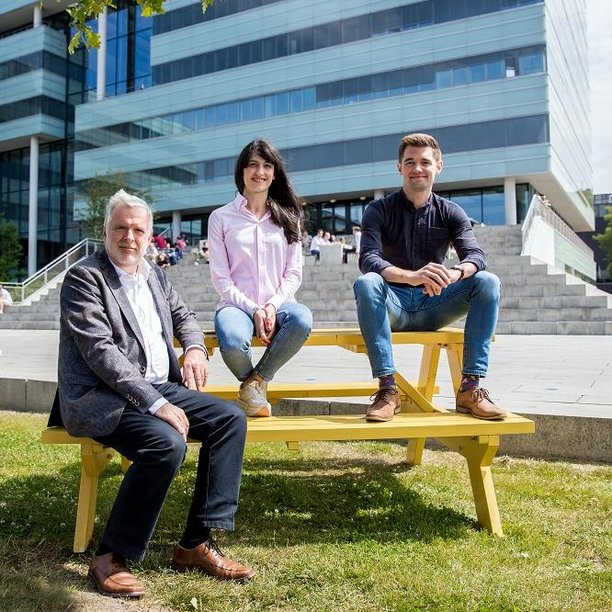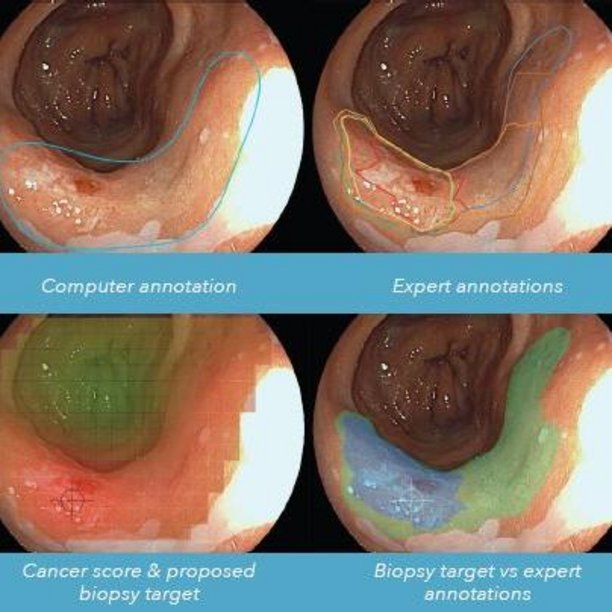We talk to three key employees in the Visual Coding & Architectures group to find out more about TU/e. Prof.dr.ir. Peter de With, the head of the department, PhD candidate Francesca Manni and Assistant Professor Fons van der Sommen.
TU/e clearly offers research staff challenging assignments. What exciting projects have you worked on during the past 12 months?
Peter: Healthcare, surveillance and automotive are all areas where our intelligent camera technology has contributed. However, I’m particularly proud of our detection system for IEDs (improvised explosive devices), i.e. concealed roadside bombs. The Dutch Ministry of Defence asked us to develop a system for detecting these explosive devices as they account for most of the deaths among our soldiers in countries like Iraq, Afghanistan and Mali. We started working on this project about three years ago and have now reached the stage where we can detect suspicious objects of a diameter of 10 cm at a distance of 40 to 50 metres. The Ministry compared our detection system to 5 similar projects that are being developed in other NATO countries and judged it the most effective. It is also the only solution that operates in real time. We are now prototyping a device for the European Defence Agency. This system, which is the result of a collaboration with ViNotion and CycloMedia, is going to save many lives.
Fons: I am hugely excited by our recent breakthrough in Volumetric Laser Endomicroscopy (VLE) – a world first! This is an imaging technology that allows you to literally look inside human tissue at a highly accurate resolution (measured in micrometres). Oesophageal cancer is our current area of focus. Our research has proved for the first time that computers are much better at visually scanning granular grey-tone images and recognising small differences - early indicators of cancer - than human doctors who are experts in the field. In tests, expert medical specialists achieved a success rate of 77%. Our computer program performed outstandingly and achieved an 92% detection rate. The technique will help doctors detect cancer at a very early stage when treatment is both cheaper and far more effective. The program, which has been validated by multiple experts, analyses all the data at a breath-taking speed of up to 30 images a second. The computer sees every single pixel and every single image. It then uses an algorithm to decide whether action needs to be taken. Deep learning will improve the system’s performance as we gain more experience. This breakthrough would not have been possible without the partnership between TU/e, large hospitals and an industrial producer of endoscopic equipment.
Francesca: We have just started our second year of research into tissue tracking for use by surgeons when treating cancer. We started from a blank sheet of paper last year and have already reached the stage where we can experiment with actual patients. This new tool looks beyond the visual spectrum and allows us to see more than the surgeon during an operation. I’m working closely with the Dutch Cancer Research Institute and it’s really exciting.
TU/e’s contribution in these areas puts it in a class of its own. Would you recommend TU/e to other academics looking for a research position?
Peter: Of course. With all the projects we have on the go, we need a steady supply of good people. Thanks to the links with industry and the availability of many cooperative funding cases, our researchers have every opportunity of engaging in ground-breaking research and publishing papers on unique work in reputable journals. Eindhoven is also a great place to live.
Fons: I would echo that. Another thing I’d say is that the University believes in developing its people. I have been offered a custom-made tenure track which will allow me to engage in research at foreign universities. That will be a big help in furthering my career.
Francesca: TU/e has opened up a world of opportunity to me. As a young researcher, life couldn’t be better. I’m working on really important projects, the funding is there, the links with industry are fascinating and there are all kinds of opportunities for developing my career. Eindhoven’s buzz and nightlife is also very attractive for people of my age. TU/e is an ideal place for people who want to engage in research of real societal value.


